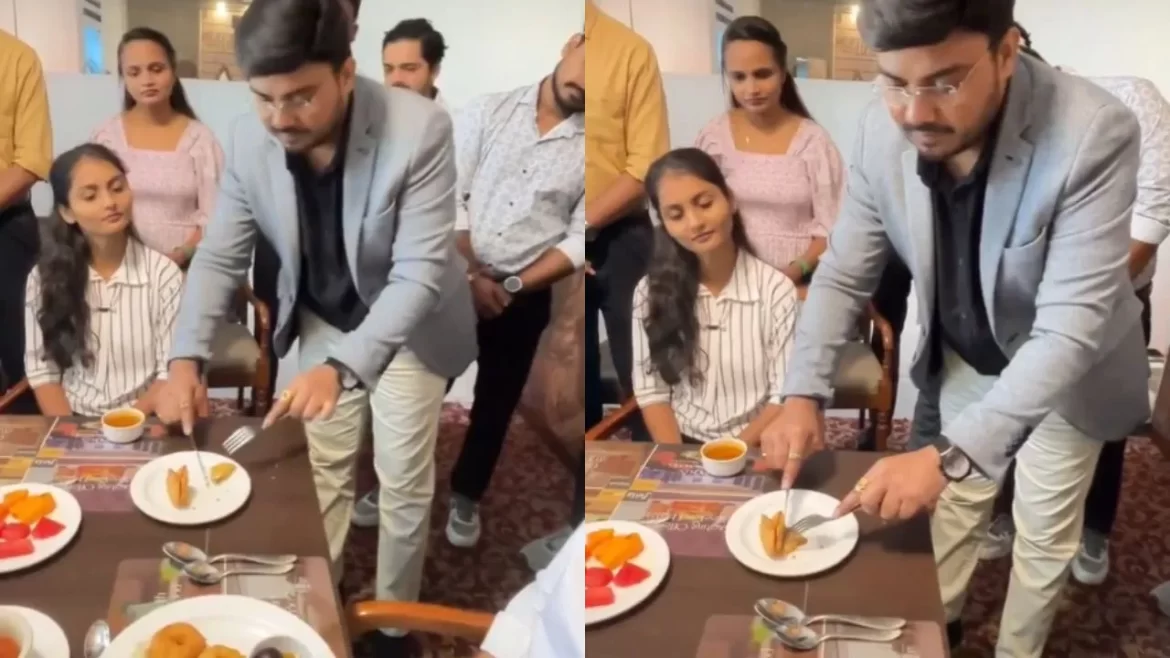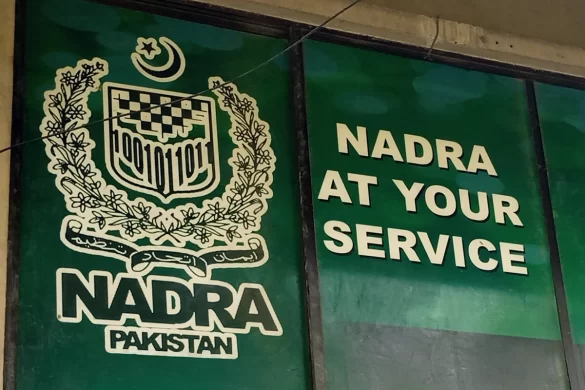Viral Video Sparks Backlash
A video of an etiquette coach from Nagpur, India, demonstrating how to eat a samosa using a knife and fork has gone viral — and not for the reasons he might have hoped. The coach, identified as Amol, posted the clip on his Instagram account, but it quickly spread across platforms like X (formerly Twitter), drawing widespread mockery and criticism.
In the now-viral video, Amol can be seen earnestly explaining the proper way to cut and eat a samosa using Western-style table manners. While his intention seemed to be about promoting refinement and etiquette, many Indians online saw it as unnecessary — even offensive — to the spirit of local cuisine.
Social Media Users Defend Street Food Culture
The samosa, a deep-fried pastry filled with spiced potatoes and peas, is one of India’s most beloved street foods. For millions, it’s best enjoyed with hands — paired with tangy tamarind chutney or spicy mint sauce, often from roadside stalls.
Social media users quickly jumped in to defend this tradition. One user wrote, By the time you pick up the first bite with a fork, the chutney would have dried up! Another joked that anyone trying to feed them samosas with cutlery should run for their life.
Hundreds of memes and parody videos followed, many celebrating the desi (local) way of eating. Users shared clips of themselves messily yet joyfully enjoying samosas by hand, emphasizing that this was part of what made the snack so special.
Debate Over Modern Etiquette and Cultural Authenticity
Critics accused Amol of turning cultural pride into a performance of Western sophistication. Several comments described his lesson as pretentious and pointless training. Others argued that attempting to civilize street food stripped away its authenticity and emotional connection.
However, a smaller group of users defended the coach, saying etiquette lessons can be useful in international or formal settings. They argued that Amol’s demonstration was simply about offering choice, not enforcing change.
Still, the majority of online responses leaned toward humor rather than hostility, with many treating the episode as a lighthearted reminder of how deeply food connects to identity.
Not the First Etiquette Controversy
This is not the first time India’s etiquette industry has faced ridicule. In August, a Delhi-based coach was criticized for teaching how to eat pani puri — a popular street snack of hollow, crispy balls filled with spicy water — using a spoon and fork. That video also triggered a wave of memes and sarcastic commentary.
Experts note that India’s growing middle class and globalization have given rise to a booming etiquette-training market. Yet, as incidents like these show, applying Western dining norms to iconic local foods often clashes with public sentiment.
Food, Identity, and the Joy of Simplicity
For many Indians, eating a samosa by hand is not just habit — it’s part of shared cultural memory. The backlash against Amol’s video highlights a broader conversation about how modernization intersects with tradition.
As one user aptly put it, Etiquette is fine, but when it comes to samosas, we prefer taste over table manners.















